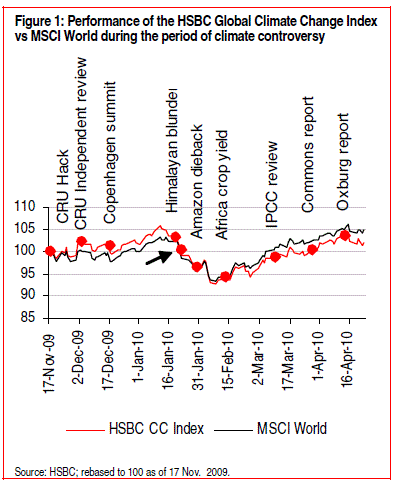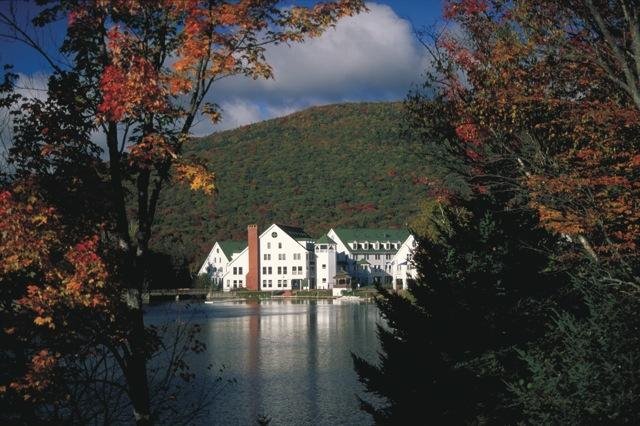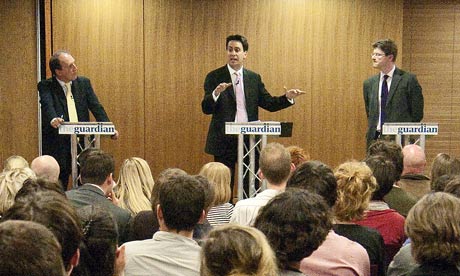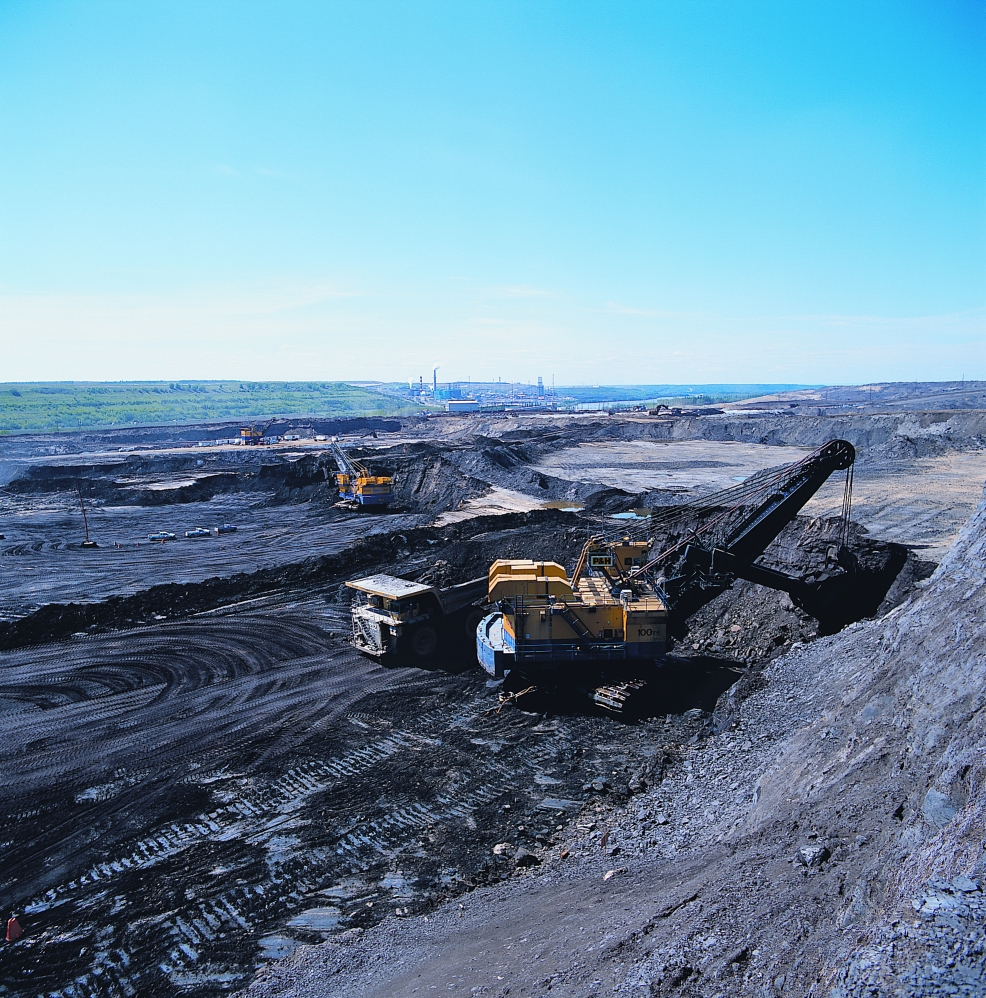
Yesterday's
column in the NYT by Thomas Friedman illustrates why efforts to put a price on carbon are not going to do much at all to stimulate energy technology innovation. Friedman writes:
After months of heroic negotiations, Senators John Kerry, Lindsey Graham and Joseph Lieberman had forged a bipartisan climate/energy/jobs bill that, while far from perfect, would have, for the first time, put a long-term fixed price on carbon — precisely the kind of price signal U.S. industry and consumers need to start really shifting the economy to clean-power innovations. . .
Without that price signal, you will never get sustained consumer demand for, or sustained private investment in, clean-power technologies. All you will get are hobbies. . .
I’d love to see the president come out, guns blazing with this message: “Yes, if we pass this energy legislation, a small price on carbon will likely show up on your gasoline or electricity bill. I’m not going to lie. But it is an investment that will pay off in so many ways. It will spur innovation in energy efficiency that will actually lower the total amount you pay for driving, heating or cooling. It will reduce carbon pollution in the air we breathe and make us healthier as a country. It will reduce the money we are sending to nations that crush democracy and promote intolerance. It will strengthen the dollar. It will make us more energy secure, environmentally secure and strategically secure. . . "
It is not clear what that "price on carbon" is in the legislation or how widely it would be applied, but for the purposes of discussion, let's just say that it starts at $15 per metric ton of carbon dioxide and is applied economy-wide.
That level of tax equates to about a $0.12 increase to the cost of gasoline (from Table 2
here). It is hard to see how a $15 carbon tax -- or even a $150 carbon tax -- is going to do much at all to change oil economics or stimulate transformational innovation. It will just make the costs of transportation more expensive.
What about electricity? A price on carbon would have its biggest effects on coal, to be sure, because of its high carbon intensity. The most
common form of coal would see its price increase by about 30%. The most immediate effect would likely be to hasten a shift already underway from coal to natural gas. A $15 per ton carbon dioxide price would increase the price of natural gas by about 7%. Over the past year
natural gas prices have fluctuated by more than 100%. Wind is already close to cost competitive with fossil electricity in many places. However, a 2009 report from European Wind Energy Association indicates that a 25 Euro carbon tax does not increase the costs of coal or gas above wind (Figure 0.7,
here in PDF). And FYI, 25 Euro is about $33, which is a higher price than the "
ceiling" in House Legislation. In any case, wind energy is already being expanded dramatically based on mandates, subsidies and through conventional energy economics.
Bottom line -- it is hard to see a carbon price leading to transformational innovation in the electricity sector. It will lead to some marginal changes and make energy a bit more expensive.
Paul Krugman understands the inevitable weakness of a low price on carbon:
For the most part, the message from these economists is a sort of climate version of St. Augustine’s famous prayer, “Give me chastity and continence, but not just now.” Thus Nordhaus’s DICE model says that the price of carbon emissions should eventually rise to more than $200 a ton, effectively more than quadrupling the cost of coal, but that most of that increase should come late this century, with a much more modest initial fee of around $30 a ton. Nordhaus calls this recommendation for a policy that builds gradually over a long period the “climate-policy ramp.” On the other side are some more recent entrants to the field, who work with similar models but come to different conclusions. Most famously, Nicholas Stern, an economist at the London School of Economics, argued in 2006 for quick, aggressive action to limit emissions, which would most likely imply much higher carbon prices. This alternative position doesn’t appear to have a standard name, so let me call it the “climate-policy big bang.”. . .
Personally, I lean toward the big-bang view.
To put this in perspective, the "central case" of the Stern Review indicates a carbon price of $310 per ton (p. 6 in
Dasgupta PDF)-- this is the "big bang" view. It is at a level more than 3 times the
ceiling that has been discussed in recent legislation ($310/tonne C = $85/tonne CO2 ~ 3 times $27/tonne CO2, thanks JJ). It is not in the cards. Krugman doesn't explicitly discuss the carbon price implied by Stern.
The carbon price paradox is that any politically conceivable price on carbon can do little more than have a marginal effect on the modern energy economy. A price that would be high enough to induce transformational change is just not in the cards. Thus, carbon pricing alone cannot lead to a transformation of the energy economy.
So where does this leave the debate?
An increasing number of scholars have been coming to the view that a carbon tax coupled with direct investments in energy innovation offers a way past the carbon price paradox. For instance, a Brussel's based think tank intelligently laid out the essential argument late last year (
PDF):
How can governments tackle climate change while maintaining reasonable growth, even in the short term? How can they turn on the green innovation machine? We find that 1. both public intervention and private initiative are indispensable: governments must initially redirect market forces towards cleaner energy before market forces can take over; 2. climate change policy should combine a carbon price with high initial clean-innovation R&D subsidies: the carbon price would need to be much higher if used alone; 3. policymakers must act now: delaying clean innovation policies results in
much higher costs; 4. developed countries must act as technological leaders in implementing new environmental policies and should smooth access to new clean technologies for less-developed countries.
Thomas Friedman seems to get this when he finishes up his hypothetical "guns blazing" speech by the president:
". . . It will make us more energy secure, environmentally secure and strategically secure. Sure, our opponents will scream ‘carbon tax!’ Well, what do you think you’re paying now to OPEC? The only difference between me and my opponents is that I want to keep any revenue we generate here to build American schools, American highways, American high-speed rail, American research labs and American economic strength. It’s just a little tick I have: I like to see our spending build our country. They don’t care. They are perfectly happy to see all the money you spend to fill your tank or heat your home go overseas, so we end up funding both sides in the war on terrorism — our military and their extremists."
The ironic thing about Friedman's impassioned speech is how little money in US climate legislation has been targeted towards energy innovation. While the Senate bill hasn't been released, I would be surprised if it had more than a small amount of investment in innovation in parallel with putting a price on carbon. (How much investment is needed to transform the energy economy? Think about US investments in innovation in health or the mititary, perhaps $30-$100 billion annually for decades.)
Many environmentalists are so desperate for action, any action, that they'll support anything that is proposed. However, the proposals that we've seen so far would do more to sustain the general form of the modern energy economy than transform it. Seeing leading environmental groups and otehrs calling for action on climate change put their energies behind such counter-productive policies may be the real carbon prcing paradox.
 Over at FT Energy Source Kate Mackenzie has a really interesting post about a report by Nick Robins of HSBC on the possible effects of recent public issues involving climate science (specifically, CRU and IPCC) on the HSBC Climate Change Index (CCI, details on the invest-able version here in PDF).
Over at FT Energy Source Kate Mackenzie has a really interesting post about a report by Nick Robins of HSBC on the possible effects of recent public issues involving climate science (specifically, CRU and IPCC) on the HSBC Climate Change Index (CCI, details on the invest-able version here in PDF).
























